Quite often it occurs that when the children are very young & the new parents are not yet much well versed with responsibilities of parenthood, they would think of getting the help of the baby’s grandparents, in lending a helping hand with the daily schedule. However, getting the baby to its grandparents had been always a difficult issue, until more than 100 years ago, when someone decided that the best way to do the job, would be simply to mail the baby to the relatives & trust the mailman to do the rest.
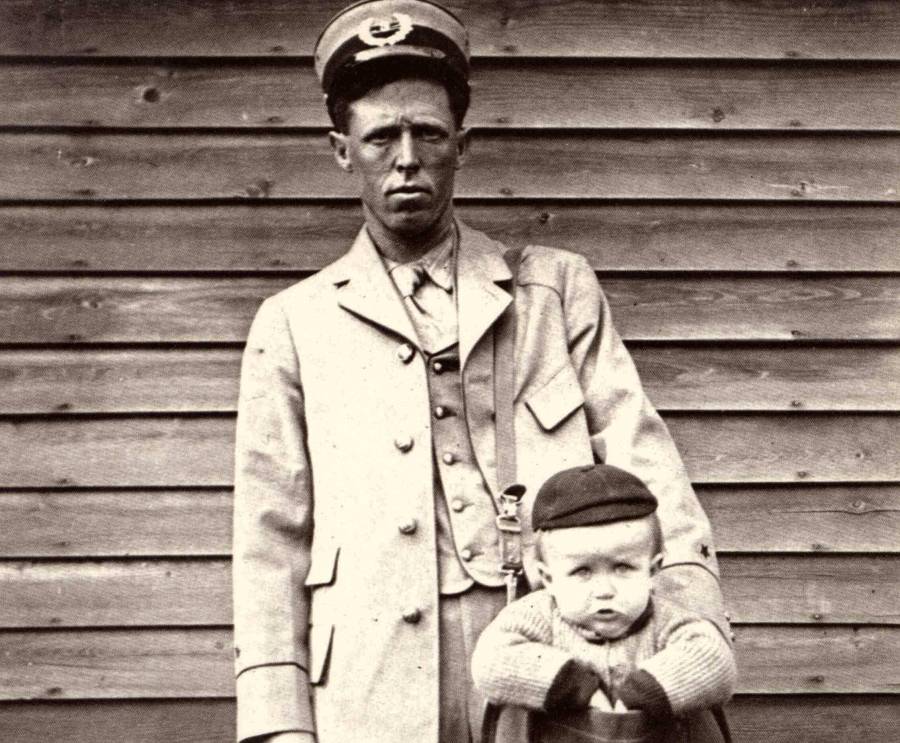
Obviously, this is not the safest practice, not to mention the millions of moral questions it raises. Thankfully, this practice would soon become illegal. However, this is the story about those weird years when these historical events occurred. Thankfully, no babies were hurt in the incidences (that occurred more than a century ago) that inspired us to write this story.
Human Mail is the transportation of a person from one place to another by using the postal service. If you are hearing about this strange practice for the first time, that is because it is very rare and certainly not legal anywhere in the world. However, that does not necessarily mean that people have not tried this method, to smuggle people into places, where otherwise it wouldn’t have been possible for them to reach.
As far as the history of human mail is concerned and even in the recent times the people trying this kind of dubious & unsafe travel methods are stowaways, a person who secretly boards a vehicle to travel illegally. Human mail has been also recorded in cases of kidnapping too, where attempts to smuggle the victim were made.
There are multiple recorded incidents of human mailing attempted in history, most famous of which may have been the successful escape of an African American slave – Henry Brown, who escaped to freedom in 1849, by arranging to have himself mailed in a wooden crate.
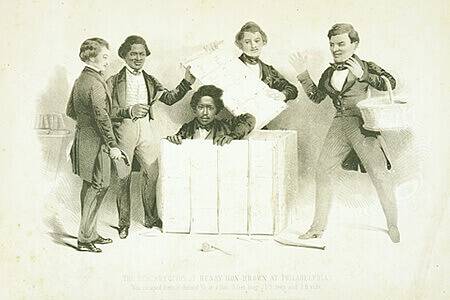
Therefore all of the recorded incidents of Human Mailing in history have one thing in common, they were done illegally. However, our discussion here today is not about Human mail done illegally, but about mailing babies in the 1900s, which was quite legal at the time or more correctly – wasn’t yet illegal.
Mailing a baby may appear like a ridiculous idea nowadays, but at the time appeared to be, a logical exercise, for a few people of the time. The strange events occurred more than 100 years ago in the United States, where on 1st January 1913, the United States Postal Service, introduced the new system of sending parcel post, which was a very revolutionary development at the time.
Of course, people could send packages by mail even before that, but their weight was limited to a maximum of 4 pounds. However, with the new parcel post delivery system, the weight limit of the packages, had gone up significantly, and anything up to 50 pounds was now allowed. Of course, this increase in weight limit was done gradually and not at one go, but people soon found loopholes in the rules and regulations.
Jesse and Mathilda Beagle would have remained a rather ordinary couple from Glen Este, Ohio (USA) forgotten in the pages of history, if not for their ingenuity regarding the new service introduced by the Postal Department. They had an 8 months old son (James, was the name) whom they wanted to send to his grandmother who lived a few miles away in Batavia.
Now any other person wanting to send baby James to his grandmother living a few miles away might have tried the old-fashioned way of carrying the baby themselves, but the Beagle couple had a better idea. James was ten and three – quarter pounds at the time & the postal department was allowing to send parcels weighing 11 pounds at the moment. And yes, there was no specification in rules which said that you cannot send babies by parcel! And Eureka a brilliant idea was born.
It is not too hard to imagine, what must have been the response of the mailman – Mr. Lytle, when he saw what was the parcel he had to deliver. A baby was not something one would expect to be sent by post, but here was a nice couple, sending a post within the specified weight limits & the valid 15 cents in postage stuck on him (the package).
To ensure extra security, the baby or technically the parcel had even been insured for a sum of $50, a significant amount on those days. The postman couldn’t complain, he had to do his job, which he did sincerely & baby James reached his grandma’s house quite safely and in best of condition, at a real low budget cost. The postmen of the time were not just dedicated to their jobs but were also highly efficient.
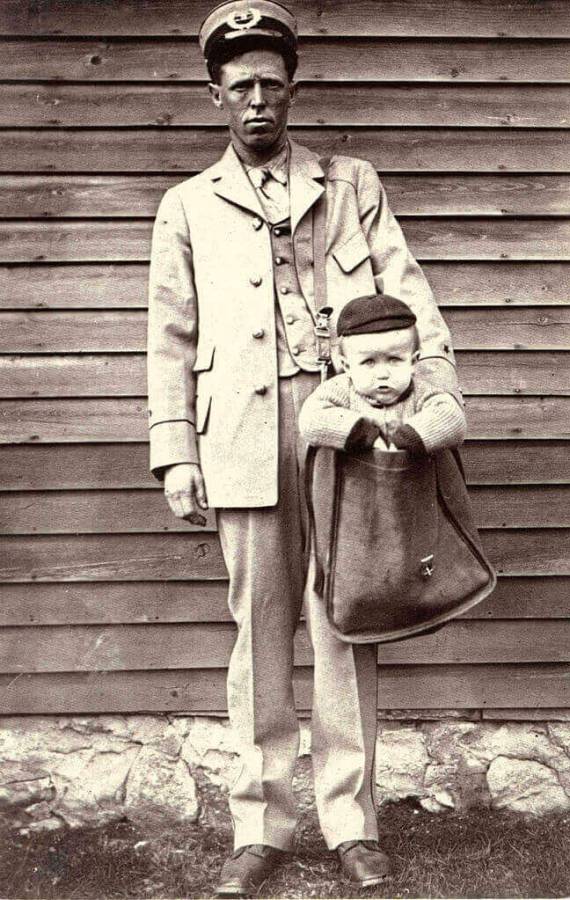
However, it is important to mention that mailing a baby or baby mail, as it was called at the time, was not exactly packed into a box and thrown into the back of a truck or railway wagon, but were carried by the mailman or walked alongside with them. So accidental physical harm never came to them, but was it the right thing to do? That is a different question altogether.
The Beagle couple may have been the first couple to come up with the idea of mailing a baby but certainly, they would not be the only ones to try (successfully) in mailing babies in the 1900s. As the story found mention in newspapers of the time, few other people also tried the same method, sometimes on a more elaborate scale, gradually pushing the limits of what was possible to send by parcel post.
What could come after sending an 8-month-old baby a few miles away by a parcel (or with the mailman)? A bizarre example had been set and on 19th February 1914, a four-year-old girl named Charlotte May Pierstorff was mailed from her home to 73 miles away to her grandparent’s residence on a train.
For the Journey from Grangeville to Lewiston, Idaho postage stamps worth 53 cents were attached to the coat of Charlotte May Pierstorff. That was the charge at the time for a parcel weighing 48.5 pounds, which in this case was Charlotte May Pierstorff herself. Her parents had discovered a secret, sending their daughter by mail would be far cheaper than purchasing a train ticket for her.
Once again, for those who are horrified about this whole absurd idea, it would help to mention that Charlotte May Pierstorff was not exactly packed into a sack or trunk while sending her by a train. A mail clerk on duty, who was a relative of the young girl, accompanied her on the train’s mail compartment & personally delivered her to her grandmother’s home. Not surprisingly, this whole story became so popular that a children’s book – Mailing May was written by Michael O. Tunnel in 1997 based on Charlotte May Pierstorff’s childhood.
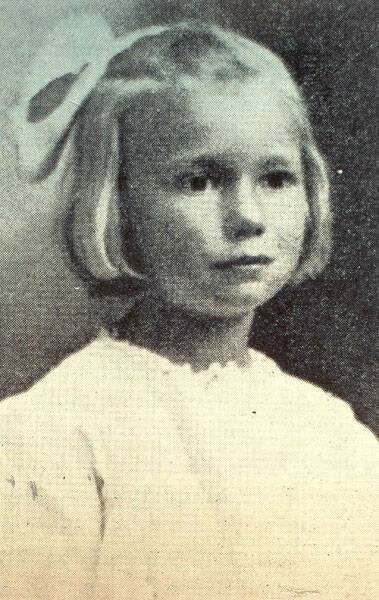
In another bizarre case, a 2-year-old boy was mailed over 200 miles in 1914, by his grandmother who lived in Stratford, Oklahoma to his aunt in Wellington, Kansas. The cost of this journey was only 18 cents of postage which was put around his neck area. The mail carriers did their job quite diligently and the kid reached his destination without any problem.
Perhaps the largest distance that any child was sent was 720 miles, where a 6-year-old girl - Edna Neff, was sent to her father’s residence in Christiansburg, Virginia from her mother’s home in Pensacola, Florida. The girl who weighed close to 50 pounds, made the journey in just 15 cents worth of parcel post stamps in a mail train.
Here, it would be important to add that despite the multiple incidences of mailing a baby described above, mailing babies in the 1900s was a very uncommon act rather than a regular occurrence.
Mailing a baby was never the goal of the parcel system and soon the authorities realized that things were getting out of hand. Alarmed by the unexpected developments, officially restrictions on mailing a baby were announced in 1914 and enforced a year later. However, some people still attempted to continue using the baby mail, trying to bypass the system.
Mailing babies in the 1900s which occurred for a few years, finally made First Assistant Postmaster General Koons officially declare in June 1920 that children would no longer be transported via the Parcel Post service.
Although sending babies or young children by mail seems outrageous & unacceptable in today’s world, but the scenario a hundred years back was very different. The parcel rates were much cheaper and were affordable for most households, which practically meant that postage for mail was much cheaper than a train ticket.
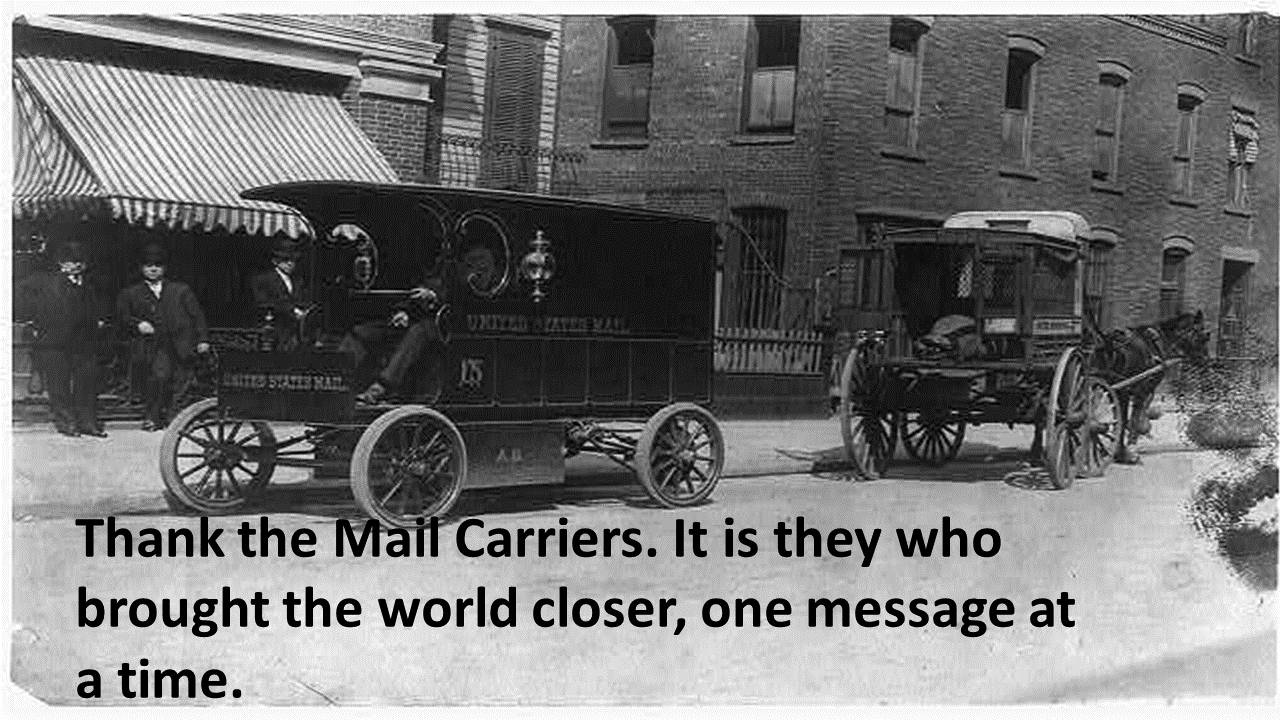
Travelling was also more challenging than what is nowadays, and the parents always couldn’t afford to travel with their young children for multiple reasons & someone else taking up this responsibility was a welcome change. However, the most important reason which promoted mailing babies in the 1900s was the trust that parents had on the mail carriers, especially in the rural areas. The fact that none of the babies transported by parcel post/mailing system suffered from any kind of harm, speak volumes about the efficiency & sincerity of the mail carriers involved.
Although in the modern world no one in his/her right mind would approve of this old system, the fact remains that despite all the modern facilities that the 21st century has to offer, trust & warmth offered by people like the mail carriers involved in mailing babies in the 1900s would always be missed. Maybe that is the ultimate price of progress that the society as a whole has to pay for moving forward.